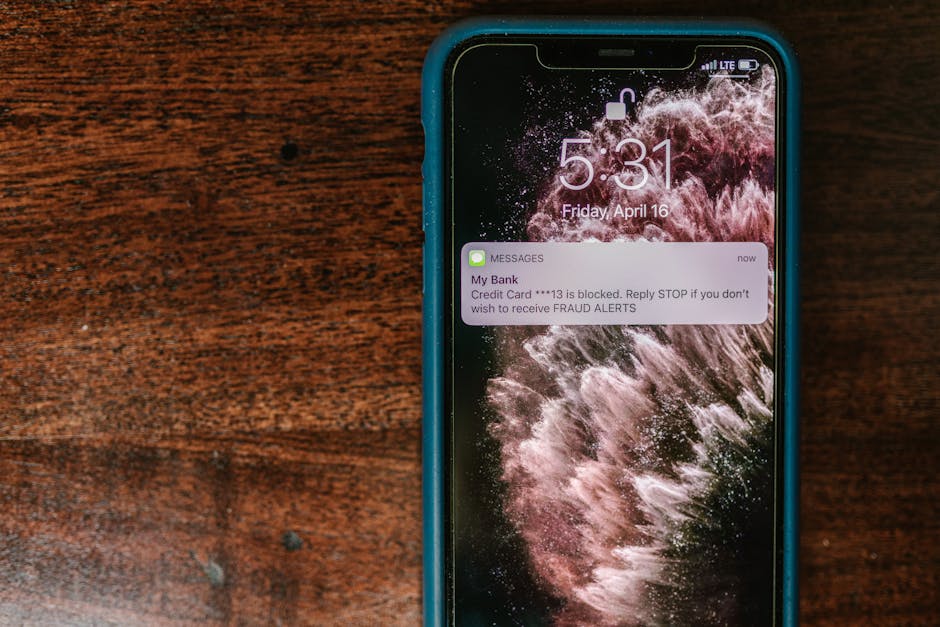How to See Blocked Voicemails on iPhone: A Comprehensive Guide
How to See Blocked Voicemails on iPhone: A Comprehensive Guide
Have you ever wondered if there’s a way to access those elusive blocked voicemails on your iPhone? While Apple doesn’t explicitly provide a feature to directly view blocked voicemails, there are several workarounds and potential explanations for why you might be missing messages. This comprehensive guide will explore all the possibilities, helping you understand why your voicemails are being blocked and offering solutions to potentially retrieve them.
Understanding iPhone Voicemail Blocking
Before we delve into the methods of accessing blocked voicemails, it’s crucial to understand how voicemail blocking works on iPhones. There are several ways a voicemail might appear blocked or inaccessible:

- Carrier Settings: Your mobile carrier might have implemented a system where unknown or blocked numbers are prevented from leaving voicemails. This is often a security feature designed to filter out spam calls and unwanted messages. The voicemail might not even be received on the server.
- Phone Settings: Your iPhone’s own settings can contribute to missed voicemails. While you can’t directly ‘block’ a voicemail, features like ‘Do Not Disturb’ or ‘Focus’ modes can silence calls and prevent voicemail recordings if calls go unanswered.
- Third-Party Apps: If you’re using a third-party voicemail app, its settings might influence how voicemails are handled. Some apps might have stricter filtering than the default iPhone voicemail system.
- Number Blocking: If you’ve explicitly blocked a number on your iPhone, any voicemails from that number are likely to be prevented from reaching your voicemail box.
Methods to Potentially Retrieve Blocked Voicemails (with caveats)
Unfortunately, there’s no single guaranteed method to retrieve voicemails that have been completely blocked by your carrier or phone’s system. However, the following steps can help you troubleshoot the issue and potentially recover missed messages:
1. Check Your Carrier’s Voicemail Settings
The first and most important step is to contact your mobile carrier. They might have a system that blocks voicemails from specific numbers or categories. Ask them about their voicemail filtering policies and if they have a way to access or retrieve blocked messages. They might be able to provide insights into why you’re missing voicemails and potentially restore them.
2. Review Your iPhone’s Call and Voicemail History
Thoroughly check your recent call logs and voicemail history. Look for missed calls or numbers that might correlate with the missing voicemails. Sometimes, a message might have been received but isn’t immediately apparent in the voicemail interface. A missed call from a number followed by no voicemail might indicate the number was blocked before the voicemail could be recorded.
3. Disable ‘Do Not Disturb’ and ‘Focus’ Modes
Ensure that ‘Do Not Disturb’ and any ‘Focus’ modes are disabled. These settings can silence calls and prevent voicemail recordings. Temporarily disabling these modes might allow you to receive and record voicemails from numbers that might have been previously silenced.
4. Check Third-Party Voicemail Apps
If you’re using a third-party voicemail app, review its settings. Some apps have advanced filtering options that might be blocking messages. Check for any filters or settings that could be preventing voicemails from being saved. Consider temporarily uninstalling the app to see if it’s interfering with the default iPhone voicemail system. Note: You might lose data if uninstalling an app; be sure to check for backup options.
5. Unblock Numbers (If Applicable)
If you suspect you might have accidentally blocked the number from which the voicemail originated, check your blocked contacts list. Unblocking the number might allow future voicemails from that number to be received and recorded.
6. Contact the Caller Directly
If you’re confident you’ve missed an important voicemail, contact the caller directly. Explain the situation and ask them to try calling or texting you again, or if they can resend the information they were trying to convey.

Troubleshooting Tips and Common Scenarios
Here are some common scenarios and troubleshooting tips to further assist you:
Scenario 1: Voicemails from Unknown Numbers
Many carriers block voicemails from unknown or private numbers as a security measure against spam and robocalls. In this case, you might need to contact your carrier to adjust your settings, if possible.
Scenario 2: Voicemail Box Full
A full voicemail box can prevent new messages from being recorded. Check your voicemail box’s storage capacity and delete any old or unnecessary voicemails to free up space.
Scenario 3: Network Issues
Intermittent network problems can sometimes interrupt the voicemail recording process. If you experience frequent dropped calls or network connectivity issues, this might be the reason for missing voicemails. Ensure you have a strong and stable cellular connection.
Scenario 4: Software Glitches
In rare cases, software glitches within your iPhone’s operating system or the voicemail application can cause issues. Try restarting your iPhone or updating to the latest iOS version. If the problem persists, consider backing up your data and restoring your iPhone to factory settings (this should be a last resort).
Prevention is Key: Managing Your Voicemail Effectively
To prevent missing important voicemails in the future, consider the following best practices:
- Regularly check your voicemail: Make it a habit to check your voicemail regularly to ensure you don’t miss any crucial messages.
- Monitor your voicemail storage: Regularly clear your voicemail box to prevent it from becoming full and blocking new messages.
- Consider visual voicemail: Many carriers offer visual voicemail, which allows you to see a list of voicemail messages without having to listen to each one individually. This makes it easier to identify and prioritize important calls.
- Use call forwarding: If you’re expecting an important call, consider setting up call forwarding to another phone number where you can reliably receive messages.
Conclusion
While directly accessing blocked voicemails on an iPhone isn’t a straightforward process, understanding the potential reasons for missing messages and employing the troubleshooting techniques outlined above can significantly improve your chances of retrieving them or, at least, understanding why they weren’t received. Remember to contact your carrier for assistance if you suspect their settings are contributing to the issue. Effective voicemail management and regular checks are crucial for avoiding missed messages in the future.







